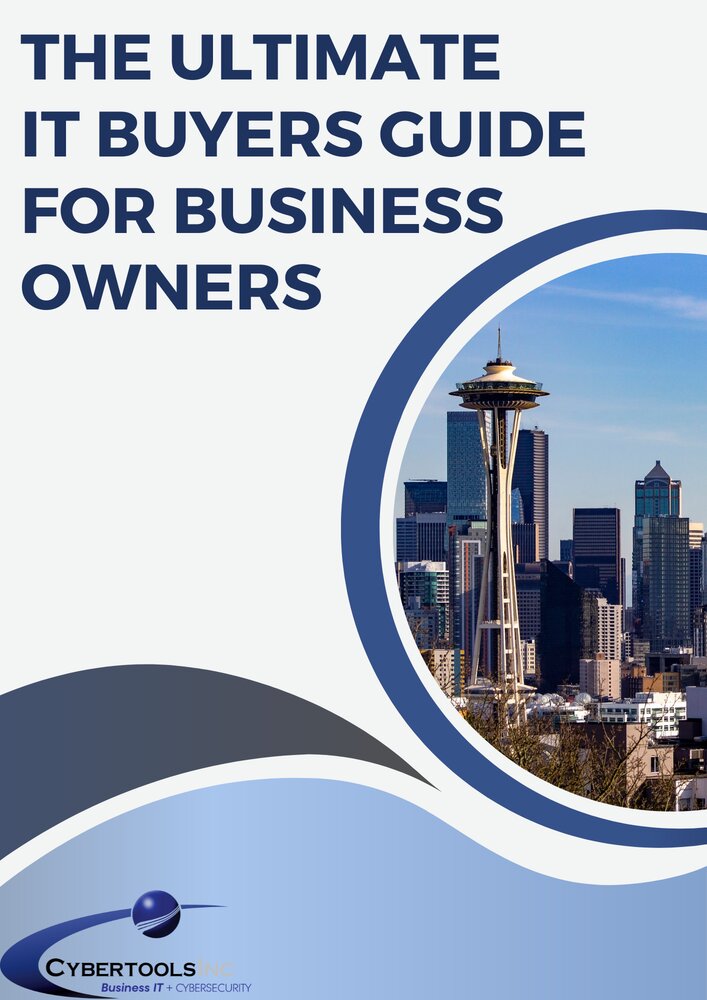 Investing thousands of dollars in IT support may appear out of reach for many small businesses. However, this does not rule out the possibility of receiving high-quality IT help. In this article, we'll look at various choices for organizations who require competent IT support but can't afford to spend a lot of money.
Investing thousands of dollars in IT support may appear out of reach for many small businesses. However, this does not rule out the possibility of receiving high-quality IT help. In this article, we'll look at various choices for organizations who require competent IT support but can't afford to spend a lot of money.
Remote Assistance
Remote help is a low-cost option for IT support. Many IT support providers provide remote support services, which enable specialists to troubleshoot and address IT issues without physically being on-site. This can help to decrease IT support costs while maintaining a high level of service.
Flat Rate Pricing
Some IT support providers provide flat-rate pricing, which can assist organizations in better budgeting their IT spending. Businesses that use flat-rate pricing pay a predetermined monthly charge for IT support services regardless of how much support they consume. This can help you prevent unforeseen costs and provide you piece of mind.
SLAs (Service Level Agreements)
Service-Level Agreements, or SLAs, are contracts that specify the level of service that will be given between organizations and IT support providers. SLAs can assist businesses ensure that they obtain the IT support they require while also offering transparency into the price of those services. SLAs can help firms better manage their IT spending by defining clear expectations and deliverables.
Managed Services
Managed Services is a proactive approach to IT support that can assist lower the overall cost of IT maintenance. IT support providers use managed services to take a proactive approach to managing a company's IT infrastructure, recognizing and addressing possible issues before they become costly problems. This can help firms reduce downtime, enhance production, and ultimately save money.
Prioritize Your IT Needs
Finally, it is critical to prioritize your IT requirements. Not all IT issues are equal, and it is crucial to prioritize the most urgent concerns first. This can assist guarantee that limited IT resources are assigned to the most critical issues, lowering overall IT support costs.
Conclusion
Small businesses may not have the same budgets as larger corporations, but that does not preclude them from receiving great IT help. Small businesses can get the IT assistance they need without breaking the bank by looking at cost-effective choices like remote support, flat-rate pricing, SLAs, managed services, and prioritizing IT needs. It's critical to work with a reputable IT support provider who can help you through these possibilities and find the best fit for your company.








